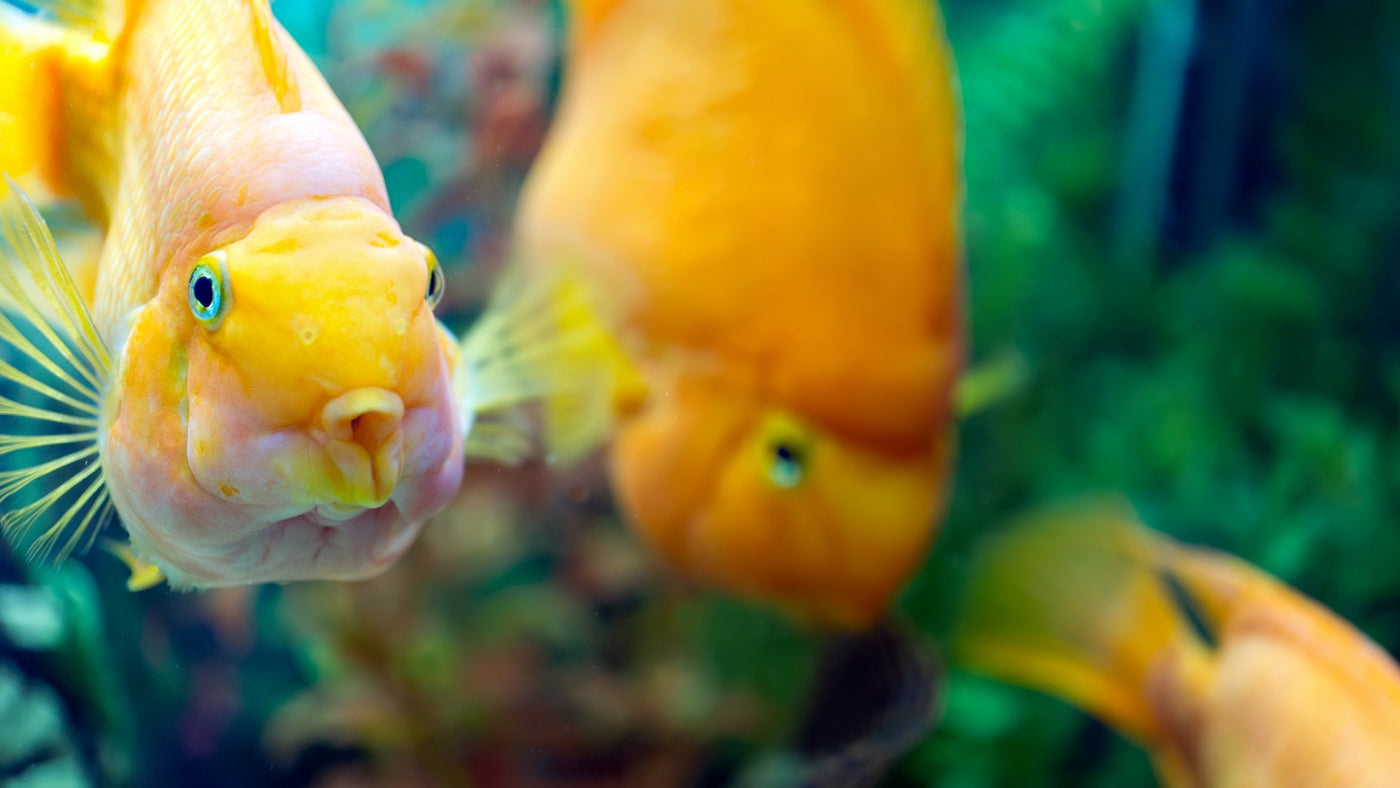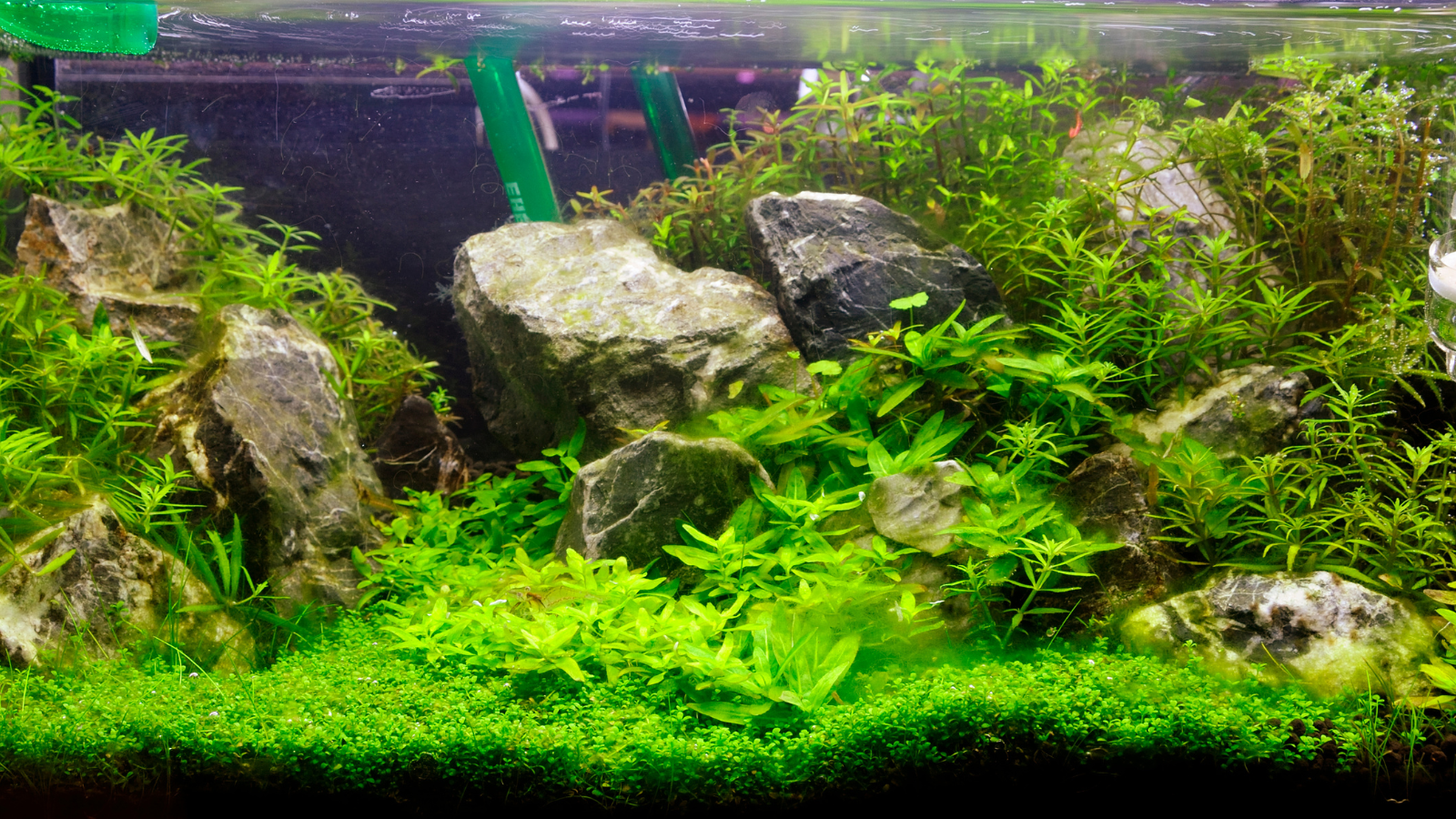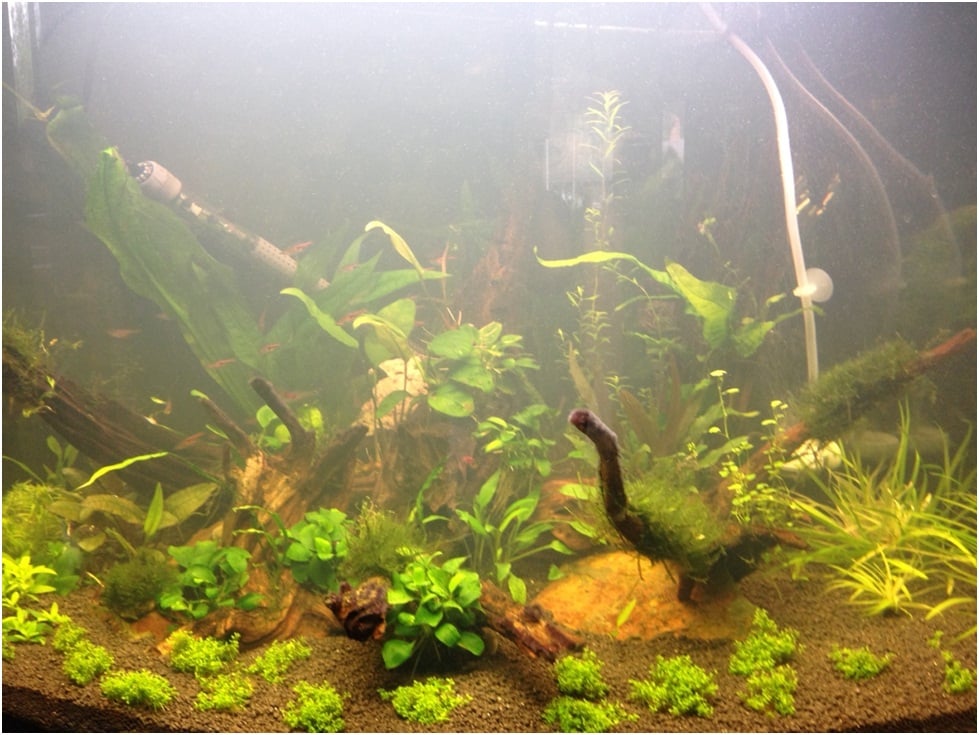
Today’s topic won’t be pleasant or cheerful for any fish lover. It does not only apply to people taking care of cichlids, although regarding these fish this problem can be noticed most quickly. Fish aquaristics pays special attention to fish. In plant aquaristics, fish is only an addition but this problem applies to every aquarist. It’s worth mentioning because aquascapers are often unaware of this problem.
Firstly, let’s explain the terms:
Inbreeding: It is breeding fish from closely related specimens to each other to a degree greater than the value of the average relatedness of the population.
Hybridization: however, as the name says, is the combination of different species.
Both phenomena have similar consequences.
In the natural environment, they can occur when the range of a given species decreases or is the result of isolation. This is not a beneficial phenomenon. It leads to the appearance of recessive alleles, or simply saying, it threatens the phenotype. The endangered phenotype, inbreeding depression, is manifested by a decrease in fertility, and sometimes it may even stop completely. Such individuals sometimes cannot have offspring or they do not survive for several days. In addition, a big problem is the reduction of vitality, resistance to diseases, reduction in size, body weight, weakening of the skeleton, increased sensitivity to changing conditions and mental weakness.
Why is there so much interest in inbreeding?
Mainly due to the huge demand for colours or rare species or specific genes, it has made many breeders go the easy way.
Take the American cichlid, for example: the Jack Dempsey (Rocio octofasciata)
Having a blue gene led to its distinction and therefore the "electric blue" version was created. Human greed, unable to come to terms with the difficulty of obtaining such offspring, led to the mixing of octofasciata with other species to obtain a supposed version of the EB. While it is difficult to cheat on an experienced aquarist because he will learn about the interference of other species, others fall for and buy a fish that should never arise.
Identical situations have hit the African cichlids from Malawi Lake, so popular because of their colour and behaviour.
Breeders have produced a whole bunch of "new" species here that have nothing to do with Lake Malawi. The most popular fish among unaware aquarists is Aulonocara Fire Fish and the OB cichlid, so-called Calico. In the latter species, human experiments ended tragically because many Calico fish cannot have offspring.
Artificial fish cannot be denied beauty. They are often prettier than natural fish, but they pose a huge threat to aquaristics and life is not easy for them.
The above-described phenotype health defects are most often seen in the lifespan of these fish. Many of them do not live to adulthood.
But while hybridization and inbreeding is so noticeable among cichlids, aquascapers often have it in their tanks. That’s not surprising because aquascaping mainly focuses on plants, arrangement and not on fish.
So how many people today are able to show what a guppy looks like properly?
It turns out that they are almost unheard of in aquaristics because ... females do not have colours. The female is just grey. In the case of swordtails, the situation is similar.
It is clear that inbred fish and hybridomas do not grow horns or a second tail. But that doesn't mean everything is okay with them. The phenotypic flaws and the lifespan of such fish are enough arguments to keep away from them. Moreover, when buying such fish, remember that all we do is filling the pockets of people who are completely indifferent to the fate of these defenceless animals.
After so many bitter words, let's say how to protect ourselves from buying a fish created by humans or being a descendant of related fish and often being the offspring of siblings.
-First, make sure that the species you want to buy exists in nature.
-Secondly, it is worth buying fish from the F1 generation, i.e. the first generation after wild fish. This is the greatest guarantee that the parents were not related.
-Third, buy fish from people who are familiar with the subject and have well-matched parents.
-It is obvious that not everyone can afford it (it is not only about the price, but also the access to a given species), so if you want to buy fish from the store, remember to carefully look at them.
-The fins must not be too long because it means trouble with the body of the fish.
-Lack of correct proportions, behaviour, diet.
-Additionally, do not buy fish from the aquarium in the shop where the dead fish lie.
-The store aquarium must be clean. A seller should know the source of their fish.
To sum up, we must remember that everyone has the right to decide what to keep in the aquarium but when deciding on an artificial fish, one must know what it's artificiality is and what risks it entails.


